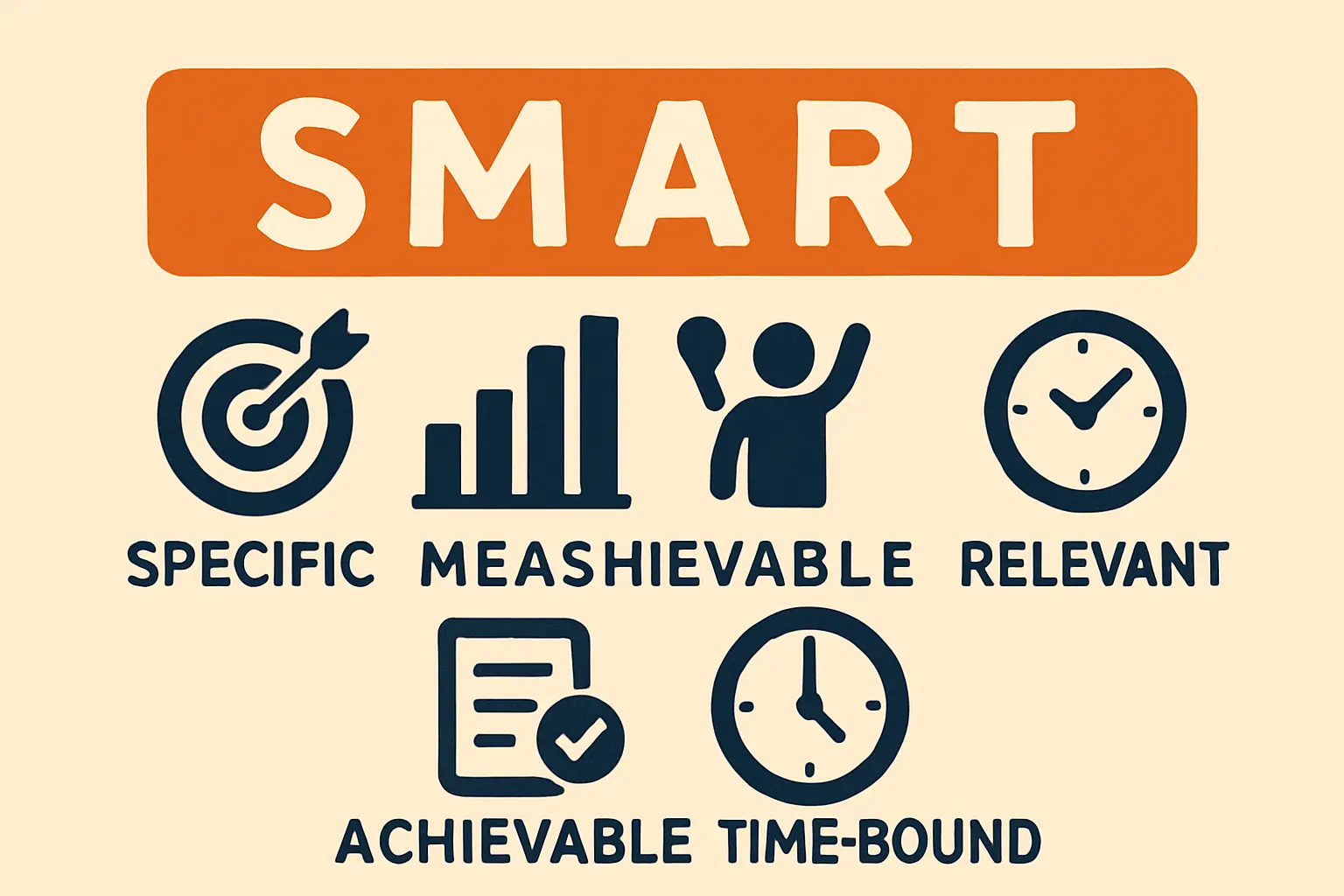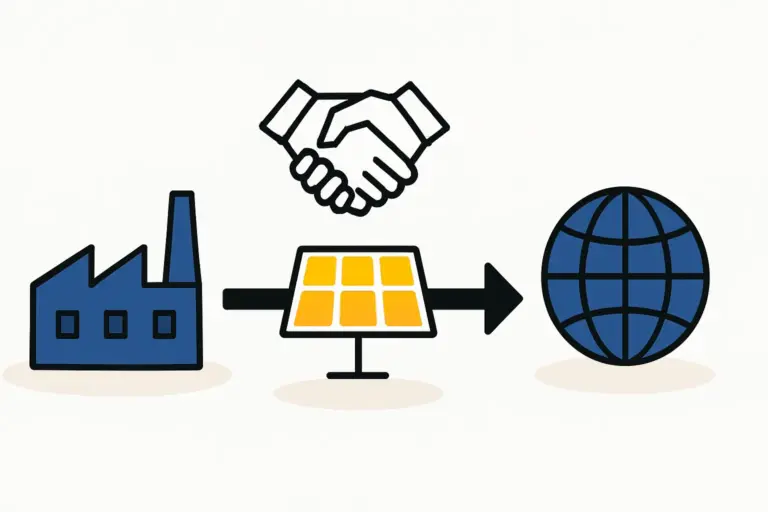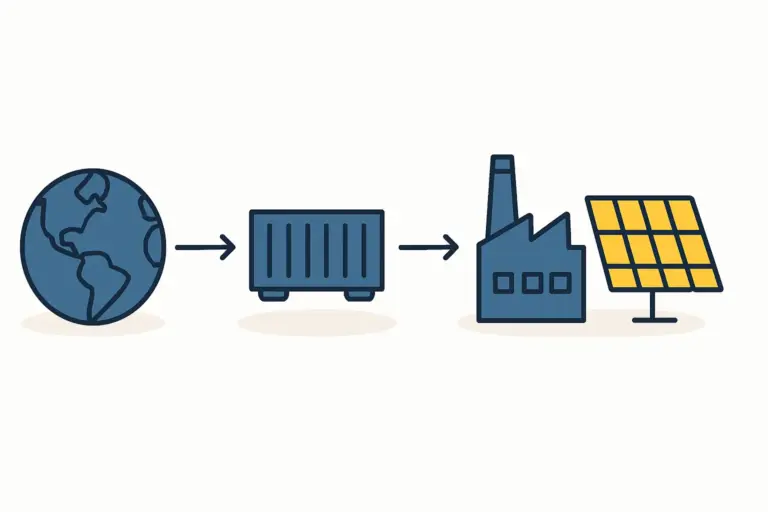Energy for Manufacturing: Evaluating Kosovo’s Industrial Infrastructure
Entrepreneurs planning a new manufacturing facility must consider a long list of critical factors: location, labor, logistics, and raw materials. Yet, the reliability and cost of electricity are often underestimated—until an outage brings a production line to a standstill. A factory’s success is, after all, directly tied to the stability of its power supply.
This is a practical assessment of Kosovo’s industrial energy landscape, focused on the realities of the national grid managed by the Kosovo Energy Distribution Services (KEDS). We will examine the core challenges of grid stability and outline strategic approaches, including on-site power generation, to ensure a new production plant can operate without interruption.
Kosovo’s National Energy Profile: A Foundation of Lignite
Understanding Kosovo’s electricity supply begins at its source. The nation’s energy production depends overwhelmingly on two main lignite-fired power plants: Kosovo A and Kosovo B. As an abundant local resource, lignite has historically been the most logical choice for power generation.
However, this reliance on a single source, coupled with aging infrastructure, creates significant challenges.
- Aging Power Plants: The thermal power plants, particularly the older Kosovo A facility, experience frequent technical issues and require substantial maintenance, resulting in unplanned outages.
- Transmission and Distribution Losses: The network delivering electricity from power plants to industrial consumers is prone to significant losses, which impacts overall efficiency and reliability.
This dependence on an aging, centralized system is the root cause of the energy instability new industrial ventures must address.

Grid Instability: The Critical Business Risk for Production
For a modern manufacturing line, a stable power supply is not a luxury—it is a fundamental requirement. The primary risk from Kosovo’s national grid isn’t just the possibility of a complete blackout, but the frequency of smaller disruptions.
These disruptions can harm a business’s bottom line in several ways:
- Production Halts: Even a brief power cut can stop a production line, leading to hours of lost output while machinery is reset and processes restarted.
- Equipment Damage: Voltage fluctuations—spikes or dips in the power supply—can damage sensitive electronic controls and motors, resulting in costly repairs and extended downtime.
- Material Waste: An unplanned shutdown can ruin an entire batch of products, particularly in processes that require continuous operation, such as in solar module manufacturing.
The cumulative financial impact of these issues can be substantial, turning an otherwise profitable venture into a struggling one. Planning for energy resilience is therefore a critical component of any serious industrial investment in the region.
Analyzing Industrial Electricity Costs in Kosovo
While stability is a major concern, the cost of electricity is an equally critical factor in operational planning. KEDS supplies electricity to industrial consumers through structured tariffs. Recent data shows that industrial electricity costs in Kosovo are competitive for the region, typically ranging from 6 to 10 Euro cents per kilowatt-hour (kWh), depending on consumption levels and tariff structures.
However, the direct cost doesn’t tell the whole story. A comprehensive financial model must also account for the indirect costs of grid instability, including potential losses from production downtime, equipment repairs, and wasted materials. This ‘real cost’ is invariably higher than the price on the monthly utility bill.
How to Mitigate Risk with On-Site Energy Solutions
Given the realities of the national grid, relying 100% on KEDS for a critical manufacturing operation is a significant business risk. Proactive investors mitigate this risk by developing on-site power generation. Two primary options are typically considered.
Option 1: Traditional Diesel Generators
For decades, diesel generators have been the standard solution for backup power. They can provide electricity during a blackout, allowing production to continue. However, they come with notable disadvantages:
- High Operating Costs: Diesel fuel is expensive, and prices can be volatile.
- Maintenance Demands: Generators require regular, skilled maintenance to ensure they are reliable when needed.
- Environmental Impact: They produce significant noise and emissions.
- Delayed Power: There is typically a short delay between a power cut and the generator starting, which can still be enough to disrupt sensitive machinery.
While better than no backup at all, a diesel generator is increasingly seen as a limited, reactive solution.
Option 2: Solar PV with Battery Storage for Energy Resilience
A more modern and strategic approach is to install a commercial-scale solar photovoltaic (PV) system, often paired with a Battery Energy Storage System (BESS). This solution is particularly well-suited to Kosovo, which benefits from high levels of solar irradiation throughout the year.
This approach turns energy from a simple operational cost into a strategic asset.

- Reduced Energy Costs: The solar system generates electricity during daylight hours, directly lowering the amount of power purchased from the grid.
- Uninterruptible Power Supply: When paired with a BESS, the system can provide instant, seamless power the moment the grid fails. This eliminates downtime and protects sensitive equipment from fluctuations.
- Cost Predictability: Solar power hedges against future electricity price increases, providing long-term financial stability.
- Operational Independence: It grants the facility a significant degree of energy independence, reducing its vulnerability to external infrastructure issues.
Experience from J.v.G. Technology GmbH turnkey projects shows that integrating an independent power solution is a foundational step in de-risking a new manufacturing investment in regions with grid challenges. For those considering entering this sector, understanding the investment requirements to start a solar module production line is a crucial first step.
Frequently Asked Questions
Is the grid instability in Kosovo a major deterrent for manufacturing?
It’s less a deterrent and more a critical risk that must be actively managed. Businesses that fail to plan for energy instability will face significant operational challenges. Those that integrate on-site power solutions, such as solar with battery storage, can operate effectively and reliably.
How much does industrial electricity from KEDS cost on average?
Industrial tariffs typically fall in the range of 6-10 Euro cents per kWh. However, businesses should request a detailed offer from KEDS based on their projected consumption to get a precise figure for financial planning.
Is a diesel generator a sufficient backup for a modern production line?
While a generator can prevent a complete shutdown during a long outage, it does not protect against the frequent micro-disruptions and voltage fluctuations that can damage equipment. Additionally, the high fuel and maintenance costs make it an expensive solution for frequent use.
How does a solar PV system help with an unstable grid?
A solar PV system reduces reliance on the grid by generating power on-site. When combined with batteries, it can act as an uninterruptible power supply (UPS), isolating the factory from grid instability and providing clean, stable power at all times.
What is the typical payback period for a commercial solar installation in Kosovo?
The payback period depends on several factors, including the system size, electricity consumption patterns, and the local cost of installation. However, given Kosovo’s strong solar resources and rising grid electricity prices, commercial solar installations can often achieve a payback period of 5-8 years, making it a sound financial investment.

While Kosovo presents a promising environment for new industrial ventures, its energy infrastructure requires careful consideration. A successful manufacturing operation acknowledges the risks of grid instability and proactively invests in its own energy resilience. By planning for energy independence from the outset, entrepreneurs can build a robust foundation for long-term growth and profitability.






